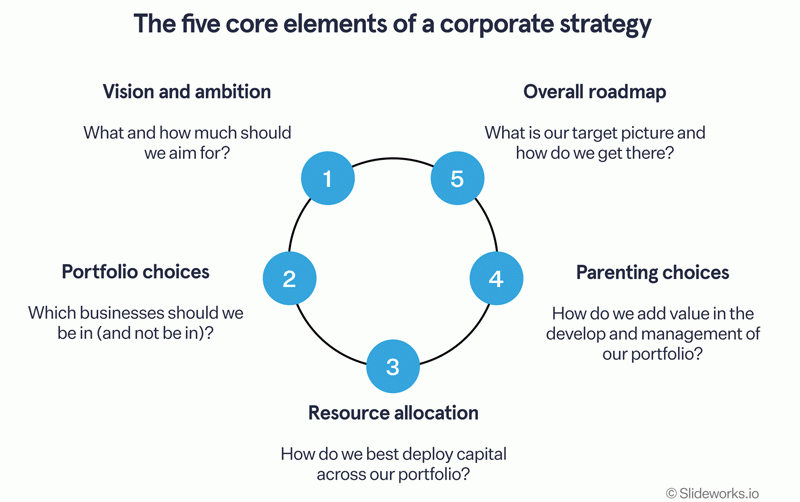
THE global economy has grown rapidly in the last two centuries, but this achievement has come at the cost of climate change and environmental damage.
With increased environmental awareness among nations and people, a global strive towards sustainable development is now growing.
You may ask yourself what does this have to do with finance? Making the necessary change, transformation of our economies and societies require commitments, innovations and, last but not least, finance and investments.
The financial sector has an important role in deciding where capital flows and by implication where it does not flow to. This places the financial sector at the centre of climate change and the energy transition.
The central role that finance plays will drive changes in the economy, investing and financing the transition to low-carbon, inclusive, and climate-resilient economies.
Just to bring context, let us start off with the mother of all frameworks, The Paris Agreement.
The Paris Agreement marks the beginning of a new era with one of its three goals highlighting the need to make finance flow consistent with a pathway towards low greenhouse gas emissions and climate-resilient development.
This goal provides a single and clear direction of travel guiding all lenders and investors given the link between financial risks and opportunities, economic activity, greenhouse gas emissions, and the impacts of climate change.
- COP26 a washout? Don’t lose hope – here’s why
- Out & about: Bright sheds light on Vic Falls Carnival
- Will the IMF US$961m windfall rescue Zim?
- COP26 a washout? Don’t lose hope – here’s why
Keep Reading
The Paris Agreement thus places financial institutions, as facilitators of the economy, at the center in the transformation to low carbon and climate- resilient development. Their responsibility is two-fold, firstly by greening their portfolios towards Paris compatible financing and investments thus finance is a powerful lever to improve the sustainability of businesses.
By taking a climate risk lens at their portfolios and transactions, the financial sector can identify opportunities for steering capital towards climate investments.
Secondly by reflecting and integrating climate-related risks into their risk management processes to improve their environmental, social and governance (ESG) profile.
It is more than just banking, the financial sector needs to connect with its clients and supply chain on the net-zero transition. By greening their portfolios, banks have an opportunity to support clients’ net- zero ambitions with engagement and education.
Banks are looking for ways to collaborate across supply chains, across value chains.
Individuals have a big role to play, where you put your savings is very important and how you ask your money to be invested is very important and consumer behaviour is very important because if people are willing to choose green products over brown products they become active participants in dictating finance flows towards a green pathway.
I have spent the last two years, engaging with global brands just to try and understand how sustainability initiatives and regulation are unfolding in the different parts of the world.
Recently at a sustainability engagement held in London, I had the pleasure to discuss with Santander, a United Kingdom (UK) Bank on how they are steering capital towards climate investments.
In the UK, Santander has committed to support £20 billion (US$25,4 billion) of green finance by 2025. We spoke about one of their clients that is leading the energy transition, Blackfinch Energy.
Blackfinch Energy is known for having a diverse portfolio of renewable energy assets. They invest in different stages from early stage development opportunities to fully constructed operational assets.
They invest with the aim of making long term sustainable positive outcomes. Blackfinch’s passion for renewable energy and sustainable investment aligns really neatly with Santander Bank’s green finance commitments.
Santander is supporting Blackfinch with their net- zero ambitions by offering a full range of banking solutions from day to day banking accounts through to funding solutions to support their renewable energy assets.
That started off with very traditional project finance type solutions for specific assets and has really grown to become a more flexible funding solution to support Blackfinch as they grow.
Financing the global energy transition will be one key building block towards a green future. In another extreme example, we are seeing that several financial institutions are excluding companies from financing due to the links with detrimental climate impacts.
This demonstrates that some financial institutions are willing to take steps to reduce their financed emissions. Concern about climate change is the most common reason for financial groups to exclude companies from their portfolios.
Some investors have become concerned about the financial risks of climate change in recent years, fearing that companies that fail to prepare for the switch to a greener economy could become very hard to sell.
Here is what is happening elsewhere in the world. Norway’s oil fund, the world’s largest endowment fund, is among the big investors that has put some companies on its exclusion list, citing “unacceptably high” greenhouse gas emissions.
ABP, one of the world’s largest pension funds, sold its holdings in fossil fuel companies in 2021, while earlier in 2023, the Church of England said its pension and endowment funds, which collectively oversee more than £13 billion (US$16,5 billion), would sell off shares in more than 10 oil majors.
At another climate meeting held in London in September last year, the African Finance Corporation highlighted that it remained committed to fossil fuel investments. The bank said it had no intention of backing away from fossil fuel investments because the development needs of the continent are so huge, citing that the world still needs energy security. It added that the world still needs energy source diversity and that no energy mix in the world in the next 50 years says no oil and gas, so why would Africa not develop its resources and fund its own fiscal budgets, whilst embarking on renewables as well.
Back home, it is reassuring to see the monetary authority making steps to integrate climate risks into their regulatory and supervisory frameworks. Reading through the most recent and previous monetary policies, it is commendable to note a consistent focus on climate risk management, financial inclusion and sustainability, which is a forward-looking approach to identifying risks and vulnerabilities in the banking system.
While public policy, technology, green funding, and client progress all have a role to play in accomplishing the climate goals, banks must affirmatively acknowledge that every decision they make has climate implications.
Owning that space and disclosing how they are working to deliver on their net-zero goals creates accountability and clarity on the path to net zero.
It would be good to see the actions match the rhetoric. Making finance flows consistent with a pathway towards low greenhouse gas emissions and climate-resilient development will require a significant increase in funding — with new instruments and approaches required to mobilise a broad range of investors and to achieve scalability in financing climate action. Financing a green transition is an investment-hungry endeavour, and current financing is not satiating that need.
- Tapera is a certified expert in environmental, social and governance impact investing. — [email protected].










